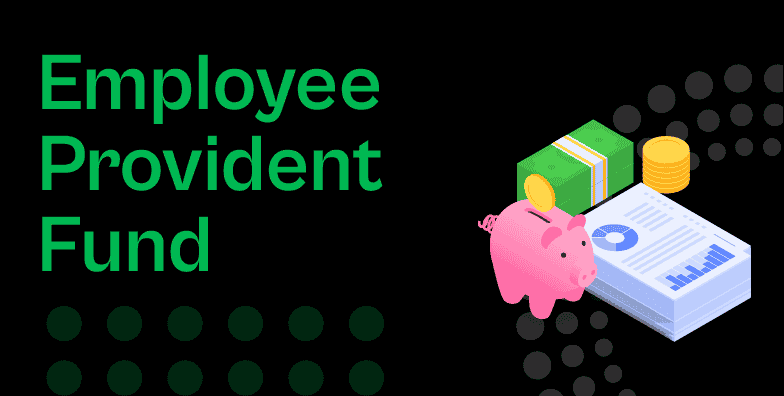Want Better Loan Offers? Let OneScore Help You Qualify
- June 4, 2025
- finance
Applying for a personal loan can be stressful if you have a low credit score. Along with that, unclear criteria… Read More

The Employees’ Provident Fund (EPF) has long been a cornerstone of retirement planning for millions of workers worldwide. As financial landscapes evolve and workforce dynamics shift, staying updated on the latest EPF rules and understanding how to calculate contributions effectively is crucial.
Whether you’re an employee, employer, or someone planning for the future, this guide will explain the recent changes in EPF regulations and simplify calculating your contributions.
Before looking into the latest updates, let’s briefly recap EPF. The Employees’ Provident Fund is a government-backed retirement savings scheme designed to help employees accumulate a corpus for their post-retirement life. Both employers and employees contribute a portion of the employee’s salary to the fund, which earns interest over time.
Upon retirement or under specific circumstances, employees can withdraw the accumulated amount along with the interest.
Over the past few years, several amendments have been introduced to the EPF regulations to make the system more flexible and beneficial for all parties involved. Here are some of the most significant updates:
Understanding how EPF contributions are calculated is essential for employers and employees to ensure accurate and timely payments. Here’s a step-by-step guide to help you navigate the calculation process.
EPF contributions are typically calculated based on the employee’s basic salary plus dearness allowance (DA). For example:
Under the latest rules, the employee contributes 12% of their basic salary plus DA to the EPF account. For example,
Employers must now contribute 13% of the basic salary plus DA to the EPF account. For example,
The monthly contribution to the EPF account is the sum of employee and employer contributions. For example,
To understand the yearly savings, multiply the total monthly contribution by 12. For example,
The EPF corpus earns interest, which is compounded annually. With the recent increase in interest rates, the growth of your savings accelerates. Suppose the interest rate is 8% per annum. For example,
Note: The actual interest earned depends on the prevailing rate and the duration of the contributions.
SWP Calculator tools can help you understand how these updates impact your retirement savings and plan your withdrawals more effectively. By leveraging it, you can estimate sustainable withdrawal amounts, ensuring your EPF corpus lasts throughout retirement.
While the basic formula for EPF contributions is straightforward, several factors can influence the actual amounts:
To make the most of your EPF contributions, consider the following tips:
Regular contributions ensure the steady growth of your corpus. Avoid payment gaps by providing timely salary deposits and monitoring your EPF account.
While partial withdrawals provide financial relief during emergencies, they should be used judiciously to maintain the growth trajectory of your savings.
Keep an eye on the annual interest rates declared by the government. Understanding these rates can help you project your future savings more accurately.
If you change jobs, ensure your EPF account is seamlessly transferred to your new employer to continue uninterrupted growth.
Regularly check your EPF account statements to verify contributions, interest calculations, and overall account health. Address any discrepancies promptly.
Increase your contributions beyond the mandatory 12%. This strategy can significantly enhance your retirement savings over time.
The Employees’ Provident Fund remains a robust and reliable instrument for securing your financial future. With the latest updates enhancing flexibility, increasing contributions, and leveraging digital tools, EPF has become more accessible and beneficial. Understanding how to calculate your EPF contributions and staying informed about regulatory changes can empower you to make informed decisions, ensuring a comfortable and financially stable retirement